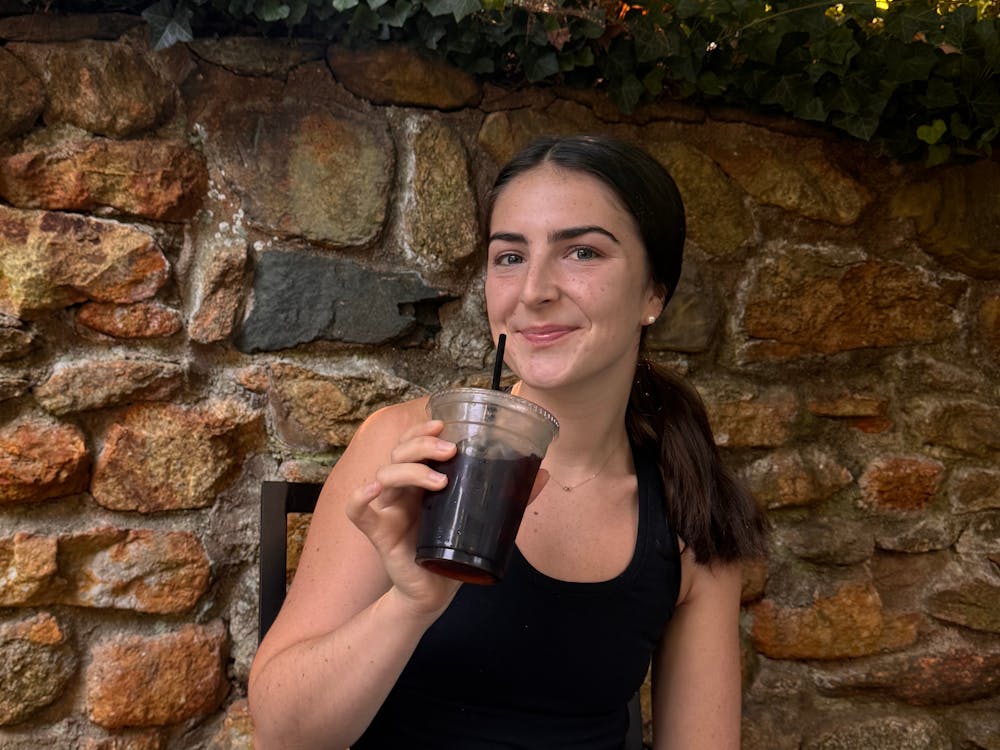February 14, synonymous with love, romance and, of course, sweets, would not be complete without a little sugar and a romantic word or two on a candy conversation heart.
For generations, the message "Be Mine" stamped on a tiny heart-shaped candy wafer has made the perfect Valentine.
"Be Good," "Kiss Me" and "Sweet Talk" are just a few of the other Valentine's Day sayings traded by elementary school students, blushing would-be couples and friends everywhere to make the day a bit sweeter.
These tasty little Valentines are the product of the New England Confectionary Company, or NECCO, which started making the original "Motto Hearts" in 1886.
"This is a nostalgia candy. People pass it down to their children for generations," said NECCO Marketing Manager Lory Zimbalatti, of NECCO's Sweethearts, the registered trademark of the company's conversation hearts.
"My mother gave them to me, I gave them to my children, and they will probably give them to their children," said Lucia Cushman, 80, a Charlottesville resident.
NECCO, the oldest American multi-line candy company, started out as Chase and Company in 1847 when Oliver Chase of Boston invented the lozenge cutter, used for the famous NECCO wafer. In 1866, his brother Daniel Chase invented the Lozenge Printing Machine, giving rise to the popular conversation candies.
|
NECCO's Sweethearts, which came out in the early 1900s, now make up 85 to 90 percent of all conversation heart candies on the market today, Zimbalatti said .
But the original Motto Hearts were not associated with Valentine's Day or romance.
"They were originally intended as fun conversation starters at parties," with sayings like "Excuse Me" and "Thank You," she said.
As the company grew, NECCO's conversation hearts became a romantic outlet, with famous sayings like "Be Mine" and "My Man," both of which have withstood the test of time.
There are currently over 100 sayings on the Sweethearts, eight to 10 of which change each year. The changes in the messages were not officially recorded until 1996, Zimbalatti explained.
"The sayings are usually just based on what people are saying" at a given point in time, she said. The phrases change with popular culture and imitate the mainstream way of expressing, "I love you."
The 1950s brought sayings like "Hot Dog" and "Cha Cha," while the 1960s hearts read "Dig Me," "Far Out," "Neat" and "Groovy."
"The all-time love ones stay over the years," Zimbalatti said, citing the long-lived "Be Mine" and "Marry Me" hearts.
The "Fax Me" heart, introduced in 1996, launched Sweethearts into the high-tech age of romance.
"We got complaints about 'Fax Me,'" Zimbalatti said. "Some people thought it wasn't romantic enough."
The "die-hard traditionalists don't want the hip new ways of saying 'I love you,'" she added.
An original saying, "The one I love," was revived in 1997, in honor of the company's 150th anniversary.
Each year NECCO has a committee select a theme for the new conversation heart sayings, Zimbalatti explained. This year's Sweethearts borrowed lines from Arthur C. Clarke's book, "2001: A Space Odyssey." New cosmic romantic sayings include "Love 2001," "URA Star," "Venus" and "Rising Star."
"First Kiss" is another new message selected by readers of Seventeen magazine, which held a conversation heart message contest in conjunction with NECCO.
NECCO receives hundreds of message suggestions throughout the year, some of which are disregarded due to obscenity or excessive length, Zimbalatti said.
But no matter how many times the sayings may have changed over the years, conversation hearts have been a part of Valentine's memories for generations.
Cushman remembered receiving an "I love you" sweetheart from a beau in Memphis, when she was growing up.
"I do like them," she said, although she was "not crazy about the taste."
"They used words like 'thou' and 'thee' ... 'Wilt thou be mine?'" Cushman recalled of childhood conversation hearts.
Raymond Bice Jr., the former University historian, also had some fond Valentine memories involving the candy hearts.
"We had Valentine boxes at school," he said, recalling how he and fellow students would seal the candy heart "I love you" messages in envelopes and deliver them to each other anonymously.
"As long as it was anonymous, it was okay," he said with a chuckle.
When money was tight during the Depression, Bice said the inexpensive candies, which sold at 10 for a penny, were a good way to give out Valentines.
A couple of generations later, the conversation hearts are still a hot commodity in elementary school classrooms.
Third-year College student Lolana Hughes remembered how she and her childhood friends carefully would select which hearts and messages to give male and female members of their class.
"XXOO was okay" to give or receive from a boy, she explained, "but 'Will you be mine?' was a little scary."
Fourth-year College student Jared Woodson was a little bolder with his conversation hearts.
"I gave them to all the girls. It started in kindergarten," he said, noting that "Kiss Me" was his favorite saying.
"We used to think it was gross to get them from boys if they had love messages," fourth-year Education student Melinda Moshell said of her childhood conversation heart memories.
But whether they are used in elementary schools or in wedding proposals, the romantic heart-shaped morsels of sugar will be a Valentine's Day icon for years to come.
"Everyone knows them," Zimbalatti said. "I think people always feel good about getting them"






